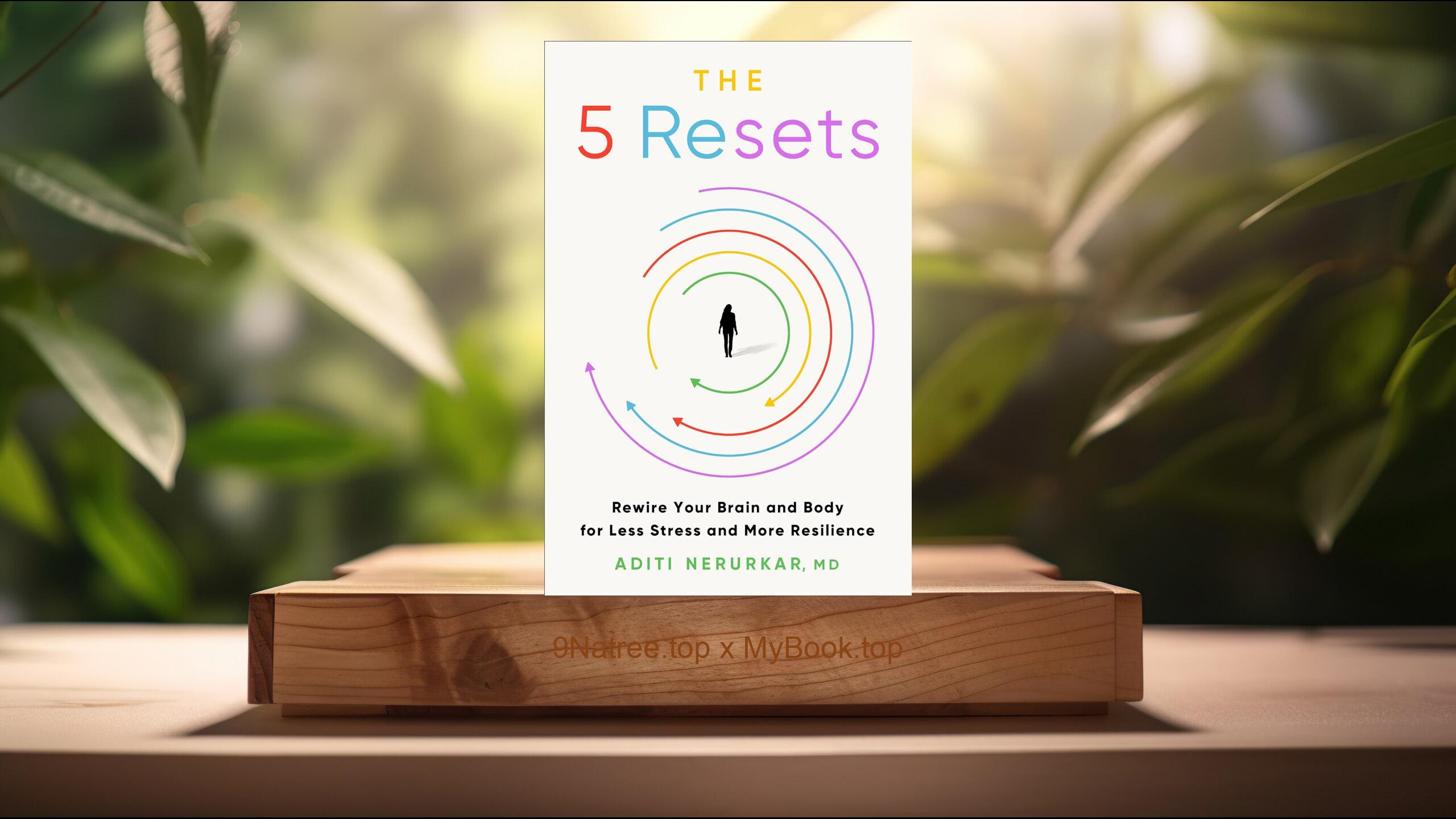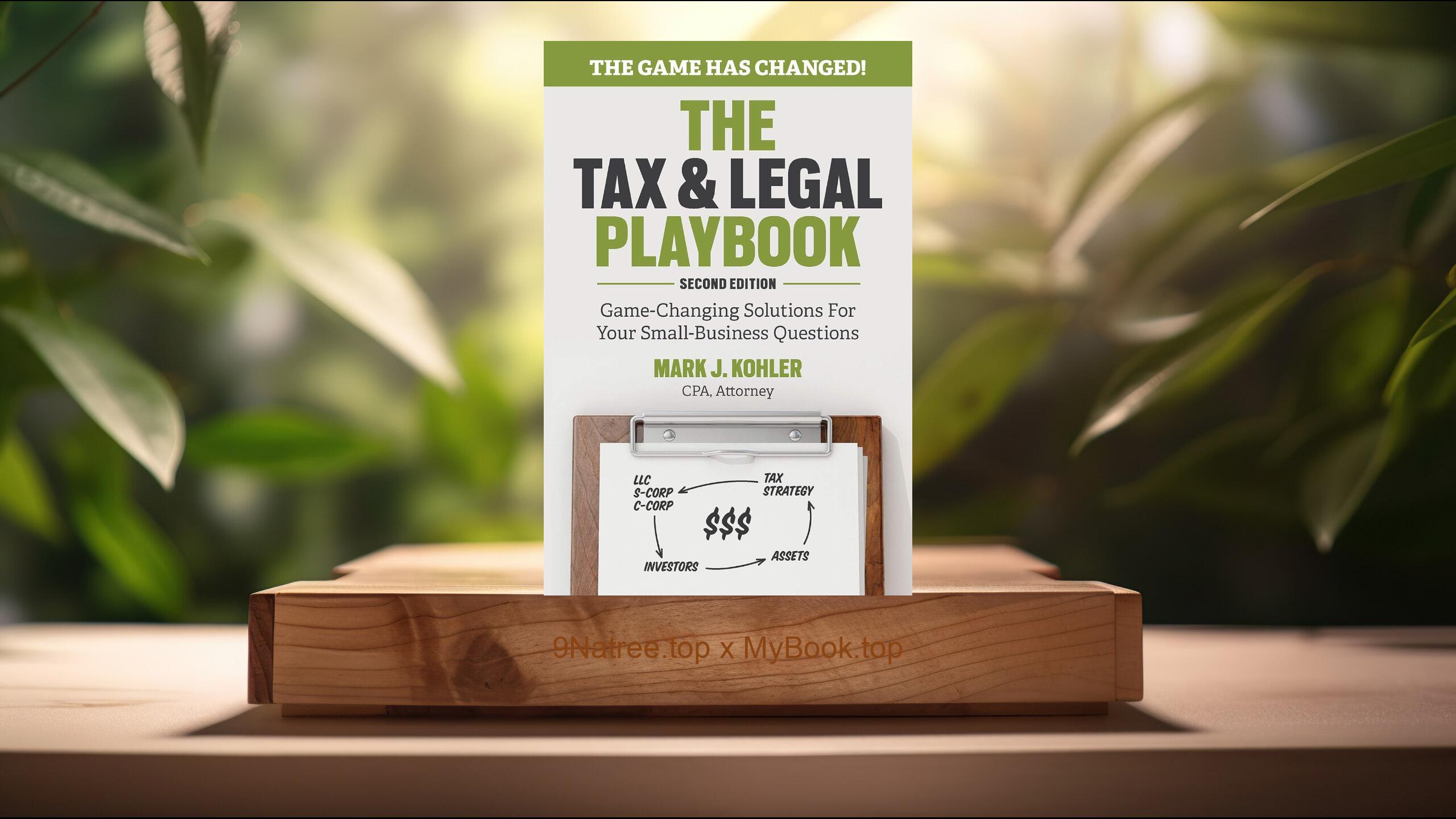Show Notes
- Amazon US Store: https://www.amazon.com/dp/B07MQNL6PR?tag=9natree-20
- Amazon Worldwide Store: https://global.buys.trade/The-Getting-Things-Done-Workbook-10-Moves-to-Stress-Free-Productivity-David-Allen.html
- eBay: https://www.ebay.com/sch/i.html?_nkw=The+Getting+Things+Done+Workbook+10+Moves+to+Stress+Free+Productivity+David+Allen+&mkcid=1&mkrid=711-53200-19255-0&siteid=0&campid=5339060787&customid=9natree&toolid=10001&mkevt=1
- Read more: https://mybook.top/read/B07MQNL6PR/
#Productivity #DavidAllen #GTDMethodology #TimeManagement #OrganizationalSkills #WorkflowOptimization #StressReduction #TheGettingThingsDoneWorkbook
These are takeaways from this book.
Firstly, Capture: Collecting What Has Your Attention, The first step in the GTD workflow is to capture everything that has your attention. This means collecting all tasks, ideas, projects, and anything else that is occupying your mind and putting it into an external system or list. This step is crucial for decluttering the mind and ensuring that nothing gets overlooked. By capturing everything, you create a single, organized system that holds all your commitments, allowing you to focus more effectively on the task at hand without the worry of forgetting something. Allen emphasizes that the capture tool should be easy to use and readily accessible, whether it’s a digital app or a simple notebook, to ensure that it becomes a part of your daily routine.
Secondly, Clarify: Processing What It Means, After capturing everything that has your attention, the next step is to clarify what each item means and decide on the next actions. This involves taking the captured items and asking yourself what it is and whether it is actionable. If it requires action, you determine the next specific action that needs to be taken and if it can be done quickly (in two minutes or less), you do it immediately. If it requires more time or is dependent on other actions or factors, it then becomes a project that needs planning. This process of clarification helps in prioritizing tasks and projects, and it ensures that you're always moving forward with purpose, avoiding the common trap of busy work that leads to little or no progress.
Thirdly, Organize: Putting Everything Where It Belongs, With all tasks and projects clarified, the next step in the GTD method is to organize them in a way that makes sense and is easily navigable. This involves creating lists or categories based on context, priority, and time required. Allen suggests organizing tasks into lists such as ‘Next Actions,’ ‘Someday/Maybe,’ ‘Waiting For,’ and calendar-specific actions. This system allows you to quickly see what needs to be done and choose what to focus on based on your current situation, energy level, and priorities. Effective organization minimizes the time spent deciding what to do next and maximizes the time spent actually doing those tasks.
Fourthly, Reflect: Reviewing and Updating Regularly, Reflection is a critical component of the GTD methodology. It involves regularly reviewing your lists and your overall system to ensure that it remains current and relevant. This step allows you to assess the progress of your tasks and projects, update your lists with new information, and make necessary adjustments to your priorities. Allen recommends a weekly review to go through all your lists and your calendar, making sure everything is up to date and that you’re prepared for the upcoming week. This habit of reflection ensures that nothing falls through the cracks and that you’re always working with the most accurate picture of your responsibilities.
Lastly, Engage: Taking Action with Confidence, The final step in the GTD methodology is engaging with your tasks and projects with confidence. Having captured, clarified, organized, and reflected upon all your work, you should have a clear understanding of what needs to be done and the confidence that you’re working on the right things. Engaging with your tasks means picking your next actions based on your current context, energy, and priorities, and executing them effectively. This step transforms the theoretical aspects of productivity into practical outcomes. By engaging wisely, you ensure that you’re not only productive but also moving steadily towards your goals and fulfilling your commitments efficiently.
![[Review] The Getting Things Done Workbook: 10 Moves to Stress-Free Productivity (David Allen) Summarized](https://episodes.castos.com/660078c6833215-59505987/images/1906923/c1a-085k3-v6z9m5gduzmr-bd4yew.jpg)




